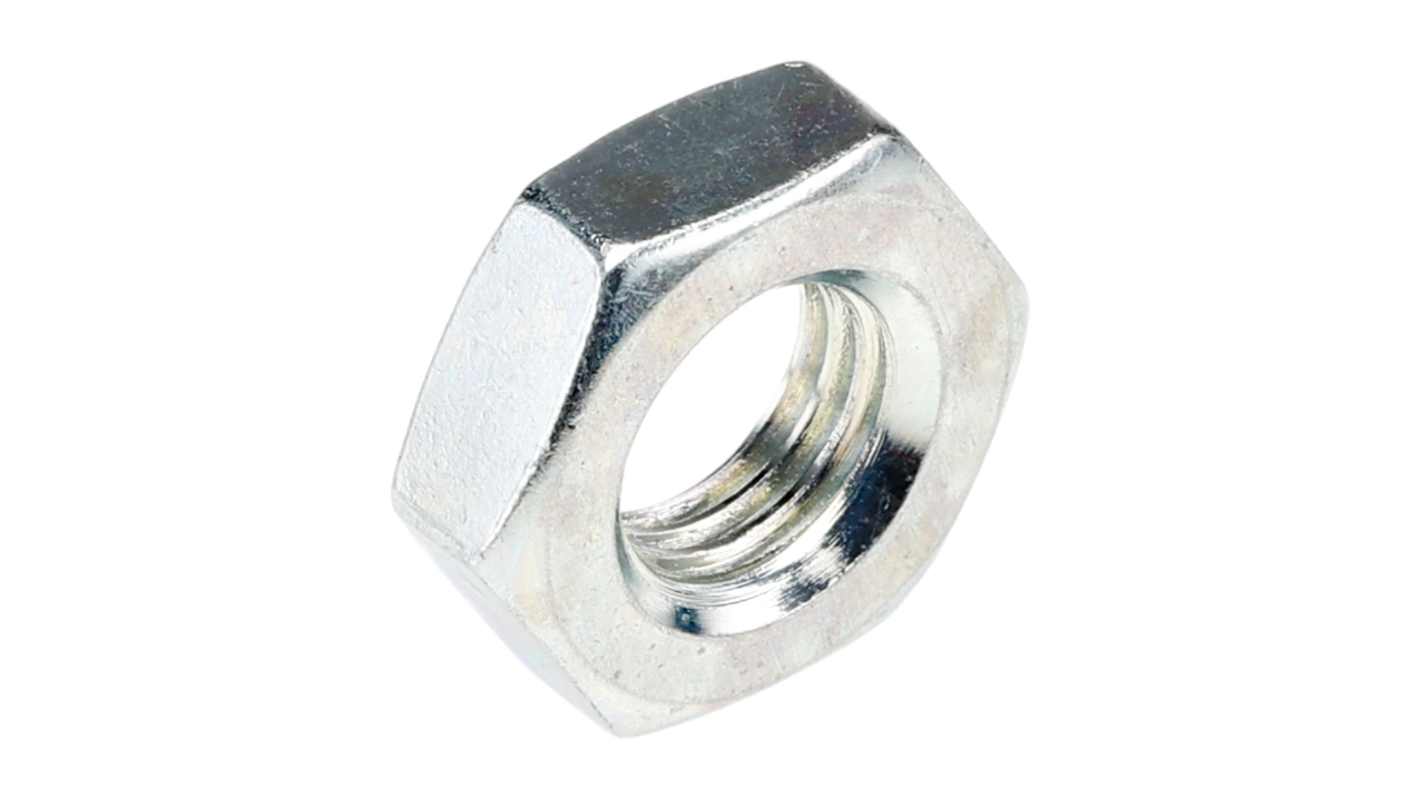SMC Rod Nut M10X1.25, For Use With NCG/CG1 Series Air Cylinder, To Fit 25mm Bore Size
- RS Stock No.:
- 865-6024
- Mfr. Part No.:
- M10X1.25
- Brand:
- SMC

Subtotal (1 unit)*
£0.25
(exc. VAT)
£0.30
(inc. VAT)
FREE delivery for orders over £50.00
In Stock
- 303 unit(s) ready to ship
- Plus 118 unit(s) ready to ship from another location
Need more? Click ‘Check delivery dates’ to find extra stock and lead times.
Units | Per unit |
|---|---|
| 1 + | £0.25 |
*price indicative
- RS Stock No.:
- 865-6024
- Mfr. Part No.:
- M10X1.25
- Brand:
- SMC
Specifications
Legislation and Compliance
Product Details
Find similar products by selecting one or more attributes.
Select all | Attribute | Value |
|---|---|---|
| Brand | SMC | |
| To Fit Bore Size | 25 mm, 32 mm, 40mm | |
| For Use With | NCG/CG1 Series Air Cylinder | |
| Manufacturer Series | M10 | |
| Select all | ||
|---|---|---|
Brand SMC | ||
To Fit Bore Size 25 mm, 32 mm, 40mm | ||
For Use With NCG/CG1 Series Air Cylinder | ||
Manufacturer Series M10 | ||
Non Compliant
- COO (Country of Origin):
- JP
SMC M10 Series Rod Nut, 25mm Bore size, 40mm Bore size - M10X1.25
This rod nut is a critical component designed for use with NCG/CG1 Series air cylinders. Engineered to accommodate bore sizes of 25mm, 32mm, and 40mm, it ensures seamless operation within hydraulic systems. The robust construction and precise specifications make it an essential item for efficiency in automation.
Features & Benefits
• Compatible with various bore sizes for versatility in applications
• Specifically designed for NCG/CG1 Series air cylinders
• Facilitates smooth operation within hydraulic environments
• Durable material ensures longevity and reliability in use
• Easy installation simplifies maintenance and replacement processes
• Specifically designed for NCG/CG1 Series air cylinders
• Facilitates smooth operation within hydraulic environments
• Durable material ensures longevity and reliability in use
• Easy installation simplifies maintenance and replacement processes
Applications
• Utilised for securing and connecting piston rods in cylinders
• Essential for assembly in automation machinery
• Applied in pneumatic systems requiring precise rod movement
• Suitable for maintenance tasks in mechanical and electrical equipment
• Essential for assembly in automation machinery
• Applied in pneumatic systems requiring precise rod movement
• Suitable for maintenance tasks in mechanical and electrical equipment
What is the significance of using a rod nut in air cylinders?
A rod nut provides a secure connection for piston rods, ensuring efficient motion control and stability within pneumatic systems. This is essential for maintaining system integrity and performance.
How do bore sizes impact the selection of a rod nut?
Selecting the correct bore size ensures optimal fit and function within pneumatic applications. Mismatched sizes can lead to inefficiency and potential damage to the cylinder or connected components.
What materials are commonly used in manufacturing this type of nut?
Typically, these rod nuts are constructed from high-strength steel or similar alloys to withstand operational pressures and extend their service life even under heavy use.
Is there a specific torque specification for installation?
While specific torque values can depend on individual assembly requirements, it is important to securely fasten the rod nut to prevent loosening during operation, which can compromise system functionality.
Related links
- SMC Rod Nut M12X1.25 To Fit 50mm Bore Size
- SMC Pivot Bracket CG-040-24A, For Use With CG1 Series Air Cylinder
- Festo Flange SZF-25, To Fit 25mm Bore Size
- Festo Flange SNCL-25, To Fit 25mm Bore Size
- RS PRO Sensor Bracket To Fit 25mm Bore Size
- RS PRO Band To Fit 25mm Bore Size
- Festo Mounting Bracket HZF-25, To Fit 25mm Bore Size
- SMC Axial Foot CG-L025, To Fit 25mm Bore Size
